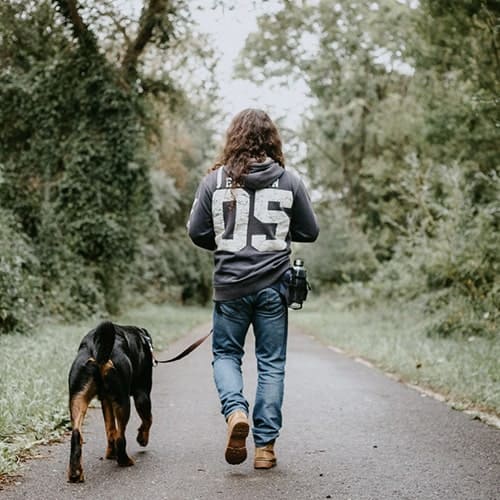Has anyone else been enjoying the sight of horse chestnut trees in full flower lately?
A few years ago, during a period of unemployment, I volunteered for about five months doing conservation work with BTCV. Should you ever find yourself in a similar situation, it’s a fine thing to do. Twice a week or more, I would traipse over to some nature reserve or other, always in North London and often craftily hidden in plain sight moments from a housing estate or main road, and spend the day pruning trees, digging frog ponds, dead hedging, planting fruit trees or wild flower meadows for bees, clearing ground ivy, building paths or wading around in lakes pulling up knotweed.
A mixed bag of people are attracted to mucky, outdoor volunteer work, from housewives and the elderly to students, the unemployed and everything in between. I met some fascinating characters, chatting away as we worked or sat round drinking tea made with twig fires and storm kettles, and we had some adventures together. Woods, in particular, can hide all kinds of treasures. Over a couple of months we unearthed a stack of Nigerian passports (all with the same name but different pictures), an old but intact motorbike completely buried under decades of earth and ivy, a red leather wallet with credit cards that expired in 1991, a glass bottle that was over a hundred years old, and a large number of recently harvested weed plants.
Apart from the physical and mental benefits of being out in the fresh air, working with your hands, it was also rather lovely to watch the seasons change as winter turned into spring. I learned a lot about our familiar natural world that seemed to have passed me by in my first 25 years, or had maybe just been overwritten in my mind by other things.
In particular, I learned to identify trees in winter from their buds, bark and sometimes even their smell, and to see them come into leaf around me was a bit of a joy.
The reason I mention it is that one of my favourite trees in the spring time is the horse chestnut. Uncurling from their big, sticky buds, the dinosaur-feet leaves look like aliens bursting out of reddy-brown eggs. Then around this time of year they make a pretty majestic sight as they stand tall and proud by the side of the road, festooned with their white, candle-shaped flowers.
Unfortunately I am not a wonderful photographer, and I have no idea how to make a massive tree look good in a photo that is 600 pixels wide. If you want to see a horse chestnut tree properly you’ll just have to sit on the top deck of the bus and look out for one. This is what the flowers look like.
NB – The horse chestnut also proves itself a man for all seasons by providing conkers later in the year.

